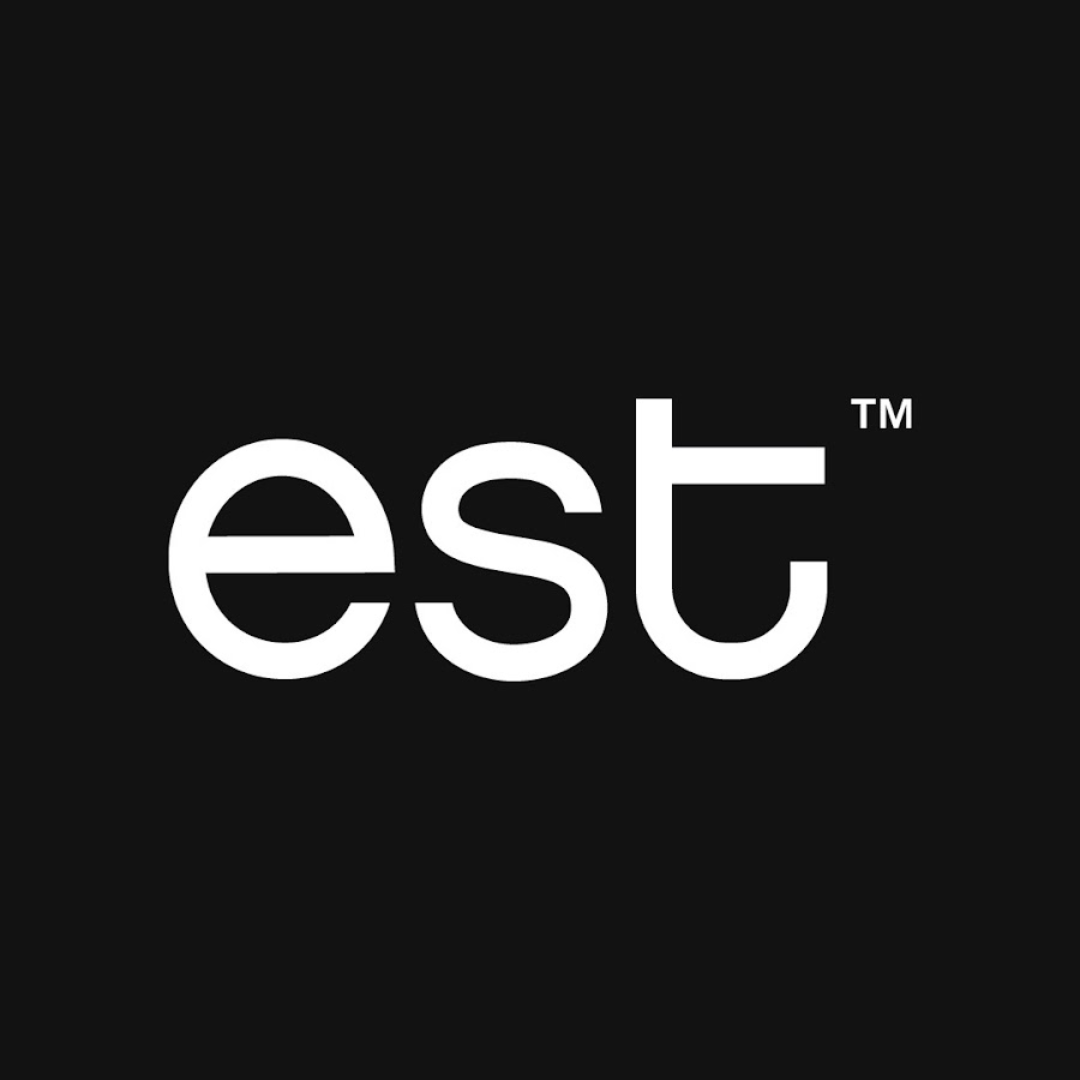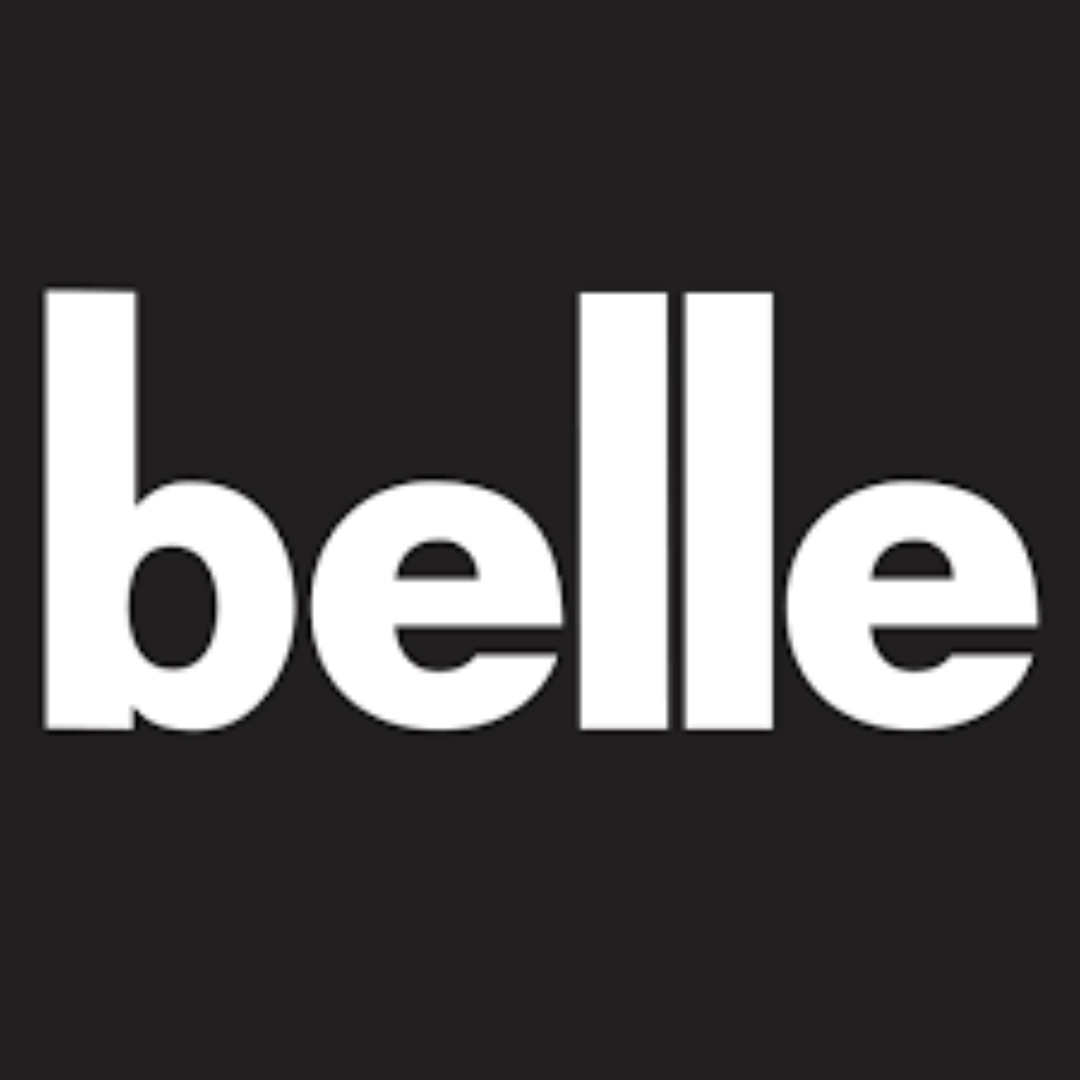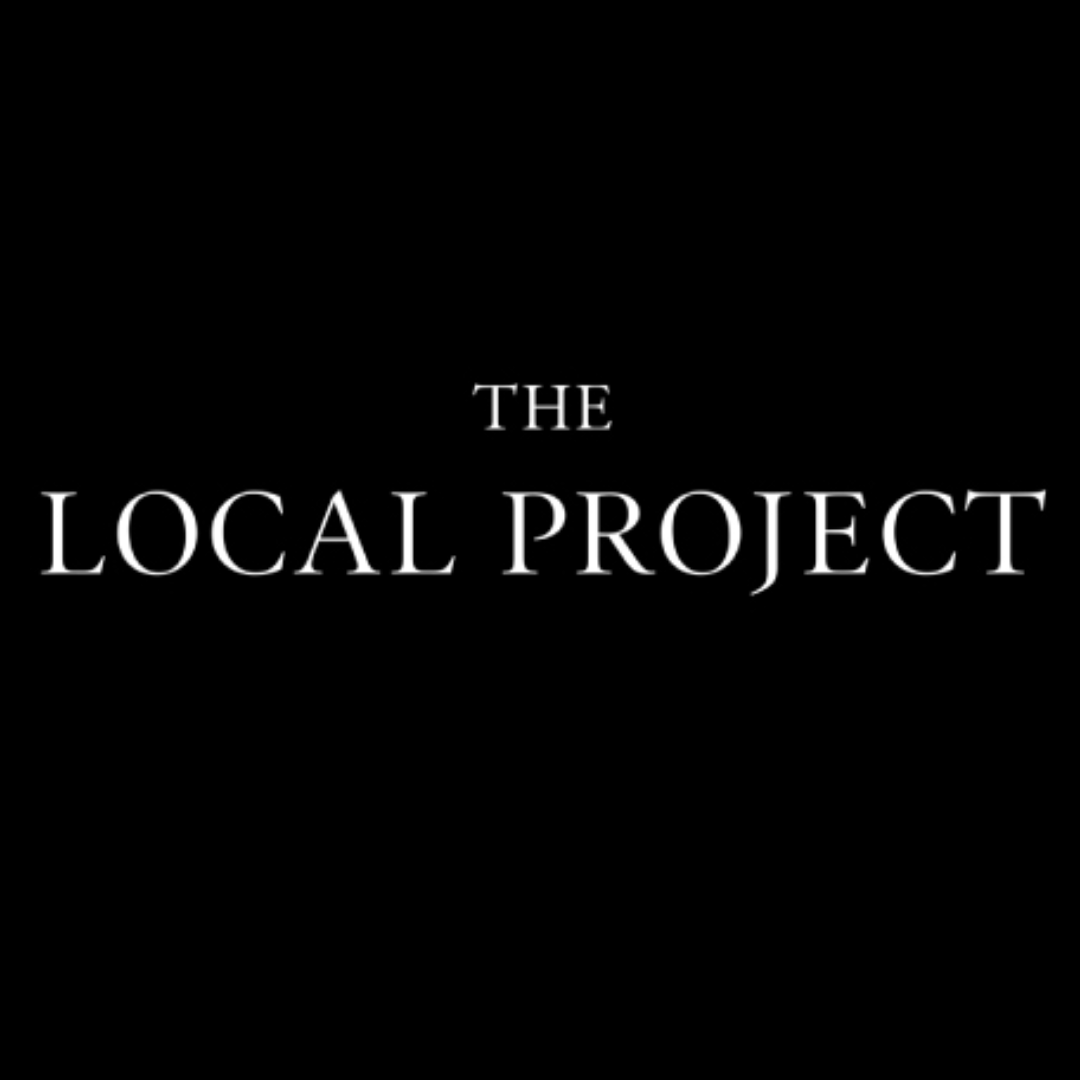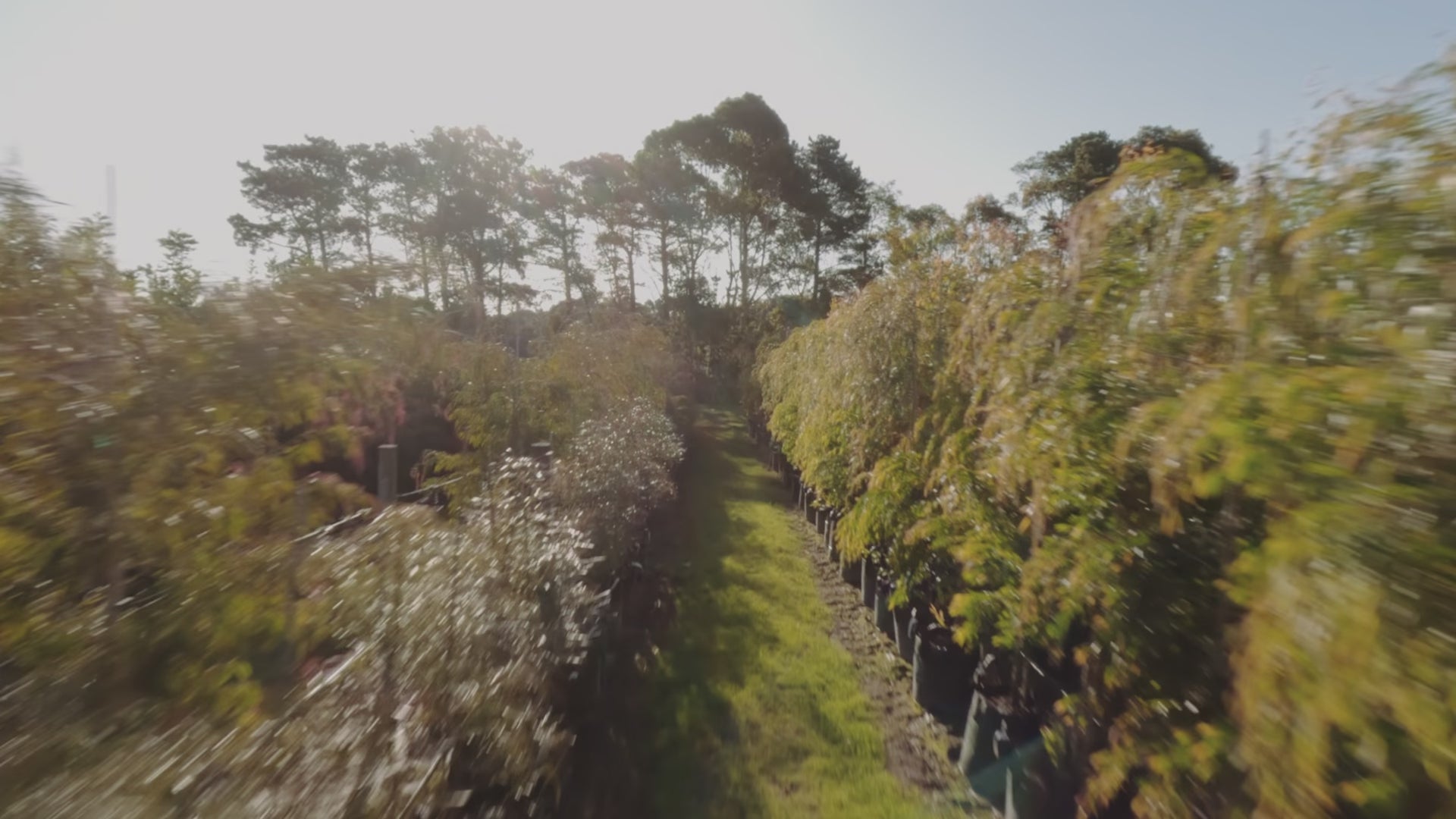Brachychiton rupestris - Bottle Tree
Brachychiton rupestris - Bottle Tree
1000 in stock
Couldn't load pickup availability
Current Stock Height Guides
Current Stock Height Guides
Trade Customers
Trade Customers
We supply advanced trees to landscapers, developers, architects, and councils Australia-wide. Trade clients receive fast quotes, expert advice, and access to premium stock with reliable freight.
Share this product
About Brachychiton rupestris - Bottle Tree
Brachychiton rupestris, widely known as the Bottle Tree, is an iconic Australian native valued for its unmistakable swollen trunk, which stores water and enables exceptional drought tolerance. This sculptural feature makes it a standout in dry-climate gardens, civic landscapes, and rural properties seeking a bold botanical statement.
Its narrow, deep green leaves contrast beautifully with its broad trunk, and clusters of subtle yellow-green bell-shaped flowers appear in early summer. With an upright, open canopy and low-maintenance requirements, it suits both formal and naturalistic designs.
Looks excellent when used as a specimen tree in open lawn areas or integrated into dry-climate plantings where its form can be fully appreciated.
Key Information to Know

Evergreen / Deciduous
Brachychiton rupestris - Bottle Tree is an Evergreen (foliage year round) Tree

Mature Height & Width
Mature Height: 10m - 20m Approximately
Mature Width: 4m – 6m
Brachychiton rupestris - Bottle Tree is expected to grow Approx. 30 – 60 cm per year.

Frost Tolerance
Is Brachychiton rupestris - Bottle Tree frost tolerant?
Brachychiton rupestris - Bottle Tree is Frost Tolerant – Can handle light to moderate frost once established.

Flowering Information
Brachychiton rupestris produces clusters of small, creamy-white to pale-yellow bell-shaped flowers in summer. While more modest than some hybrids, these blooms create a soft seasonal highlight before developing into woody seed pods.

Native Information
Is Brachychiton rupestris - Bottle Tree an Australian Native? Yes
Brachychiton rupestris - Bottle Tree is Native to Native to central and southern Queensland, where it grows naturally in semi-arid woodlands and grasslands.

Wildlife Value
Its flowers attract native bees, butterflies and beneficial insects, while the dense canopy and thick trunk provide shelter for small birds and wildlife. The woody seed pods also support insects and seed-eating species, contributing to a resilient and biodiverse ecosystem.

Sunlight Information
Brachychiton rupestris - Bottle Tree will thrive best in:

Preffered Soil
Brachychiton rupestris performs best in well-drained sandy or loam soils and tolerates slightly acidic to slightly alkaline conditions. It can become stressed in heavy clay or poorly drained soil unless improved with organic matter and coarse material to enhance drainage. Keep soil evenly moist during establishment, then transition to deep, occasional watering as the tree matures and develops outstanding drought resilience.
Botanical Information

Botanical Information
Botanical Information
Common Name: Queensland Bottle Tree (or Bottle Tree)
Genus: Brachychiton
Botanical Species: rupestris
Family: Malvaceae
Botanical Name: Brachychiton rupestris
Landscape Uses
Landscape Uses
Brachychiton rupestris - Bottle Tree works in an:
Planting, Spacing & Care
Planting, Spacing & Care
-
-
-
-
Brachychiton rupestris - Bottle Tree is expected to grow Approx. 30 – 60 cm per year.
Root Ball Dimensions (Width × Depth) For Planting
Root Ball Dimensions (Width × Depth) For Planting
Use this as a reference when digging your planting hole. We recommend digging at least 10% wider than the dimensions below to encourage strong root development.
- 30cm Pot: 33cm (W) × 30cm (D)
- 40cm/45L Pot: 44cm (W) × 41.5cm (D)
- 50cm Pot / 70L Pot: 55cm (W) × 41.8cm (D)
- 100L Bag: 50.6cm (W) × 52.8cm (D)
- 150L Bag: 66cm (W) × 55cm (D)
- 200L Bag: 71.5cm (W) × 60.5cm (D)
- 300L Bag: 88cm (W) × 63.8cm (D)
- 400L Bag: 99cm (W) × 66cm (D)
- 500L Bag: 122cm (W) × 66cm (D)
- 750L Bag: 134cm (W) × 69cm (D)
- 1000L Bag: 146.3cm (W) × 71.5cm (D)
- 2000L Bag: 176cm (W) × 82.5cm (D)
Ideal Conditions
Ideal Conditions
Thrives in
Frost Tolerance
Frost Tolerant – Can handle light to moderate frost once established.
Drought Tolerance
As a young tree it benefits from regular watering, but once established Brachychiton rupestris develops exceptional drought tolerance. Its distinctive swollen trunk stores water, enabling it to thrive in hot, arid and low-maintenance landscapes with minimal supplementary watering.
Flowering Information
Flowering Information
Does Brachychiton rupestris - Bottle Tree flower?
Flowering Period:
Flower Type:
Flower Colour:
Cream
Brachychiton rupestris produces clusters of small, creamy-white to pale-yellow bell-shaped flowers in summer. While more modest than some hybrids, these blooms create a soft seasonal highlight before developing into woody seed pods.
Frequently Asked Questions
Frequently Asked Questions

We have been featured in








































